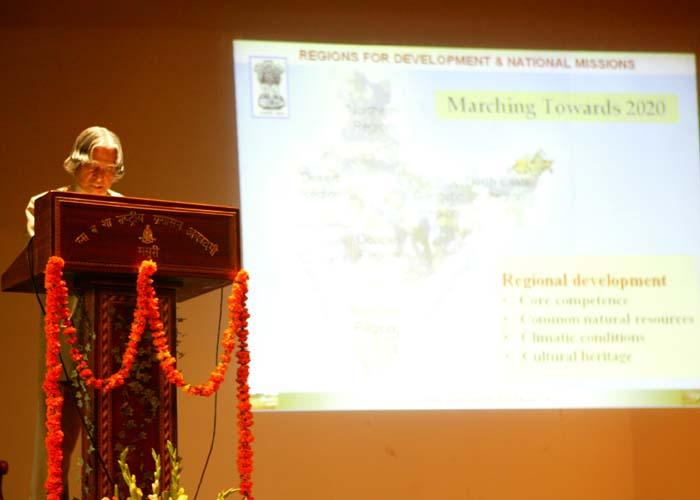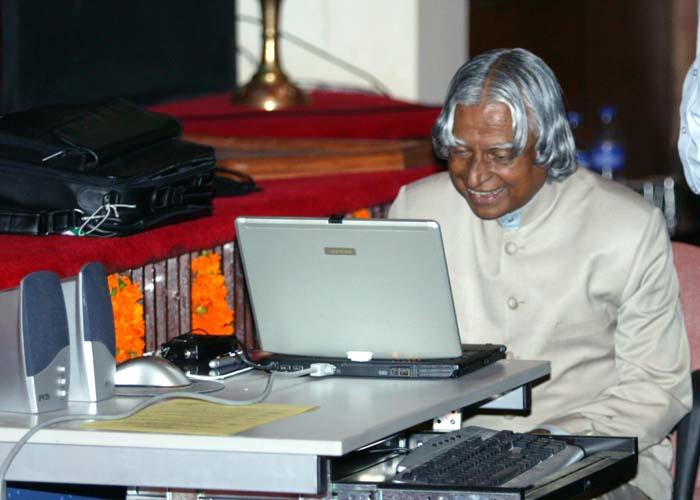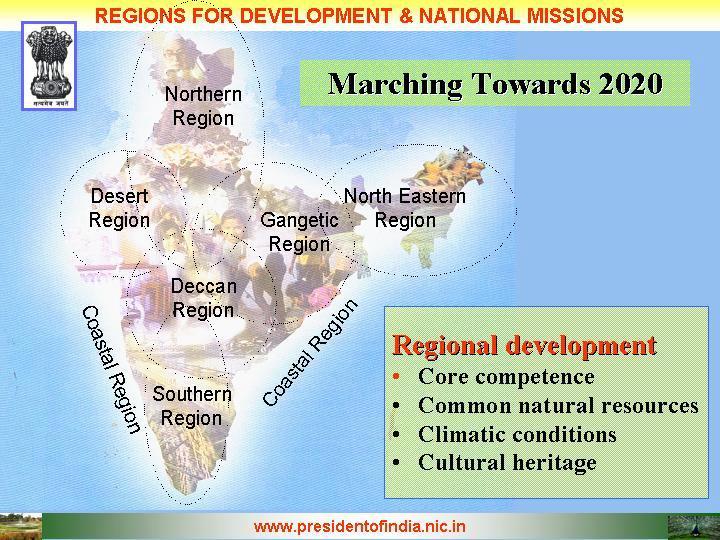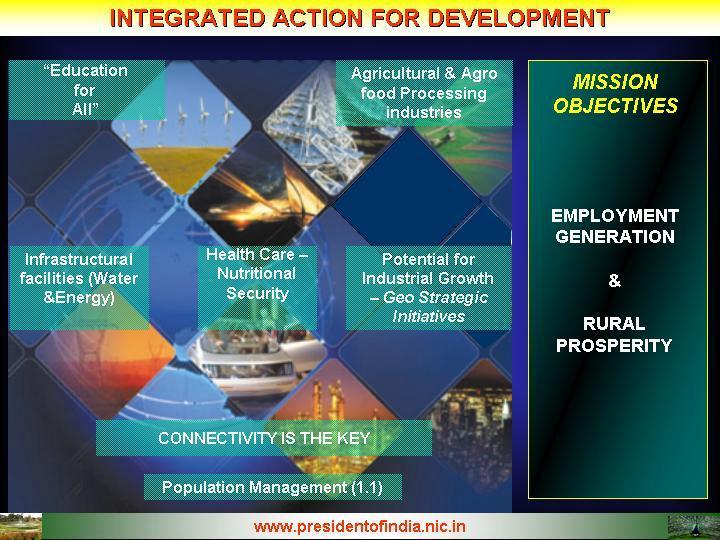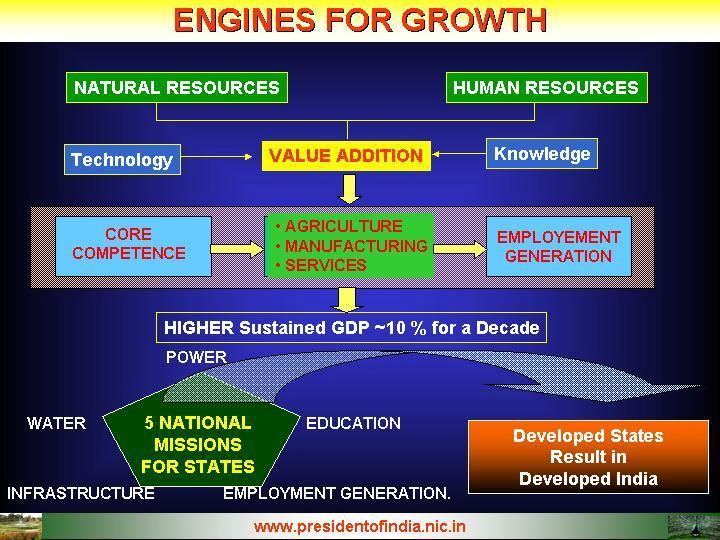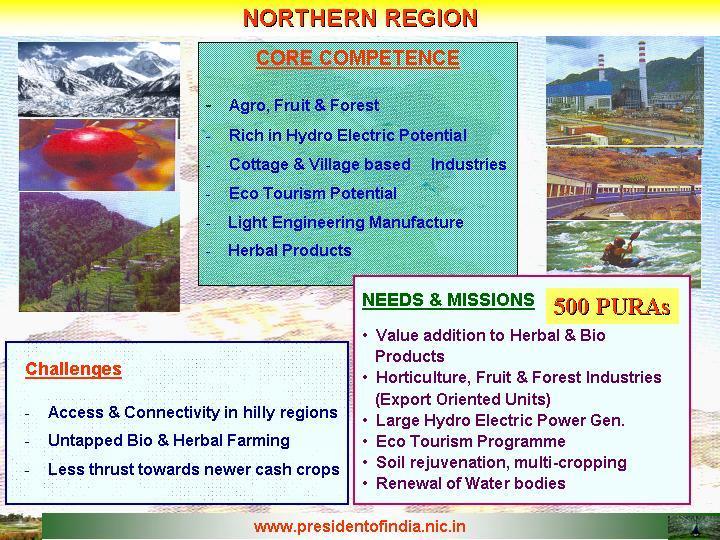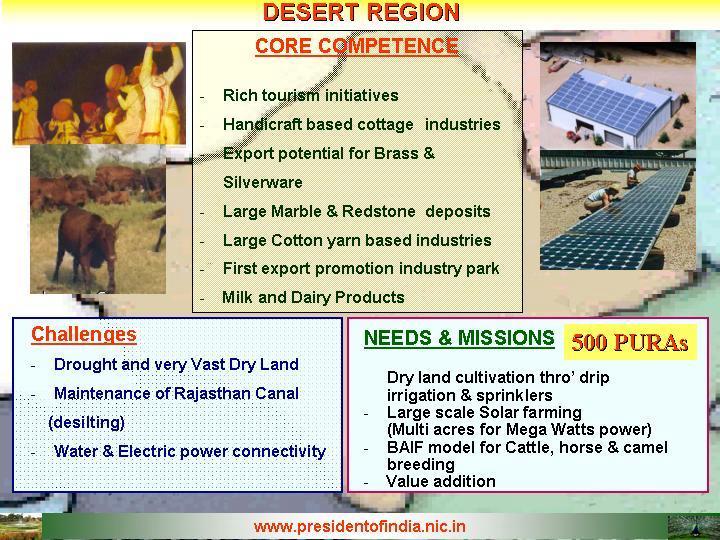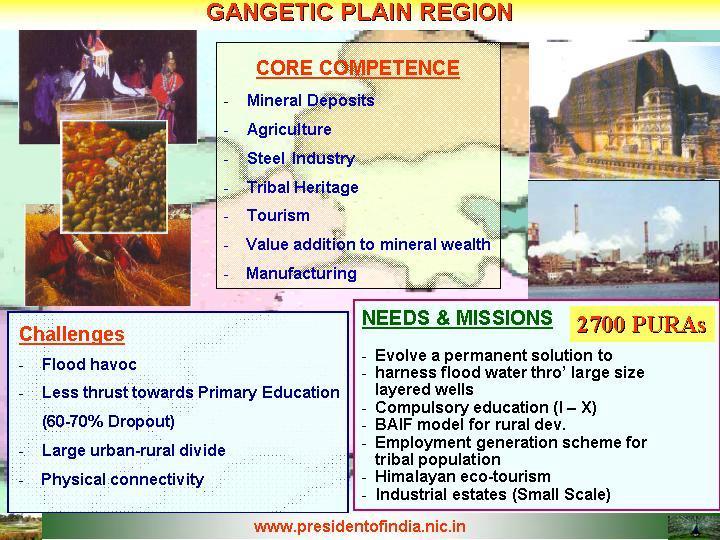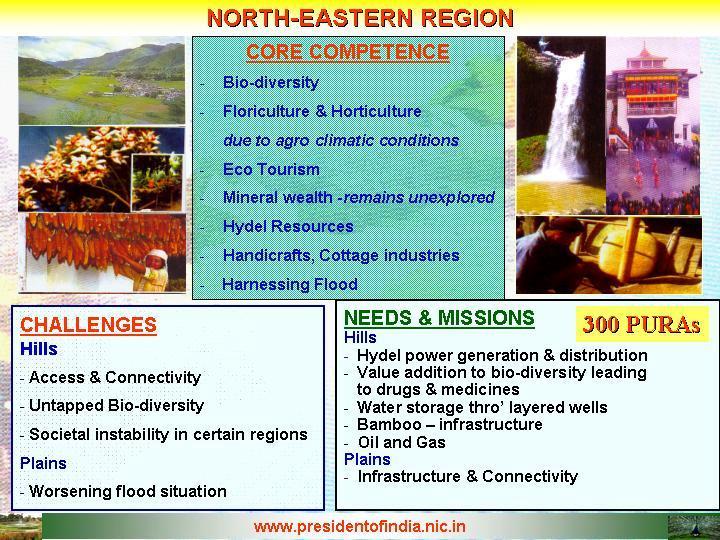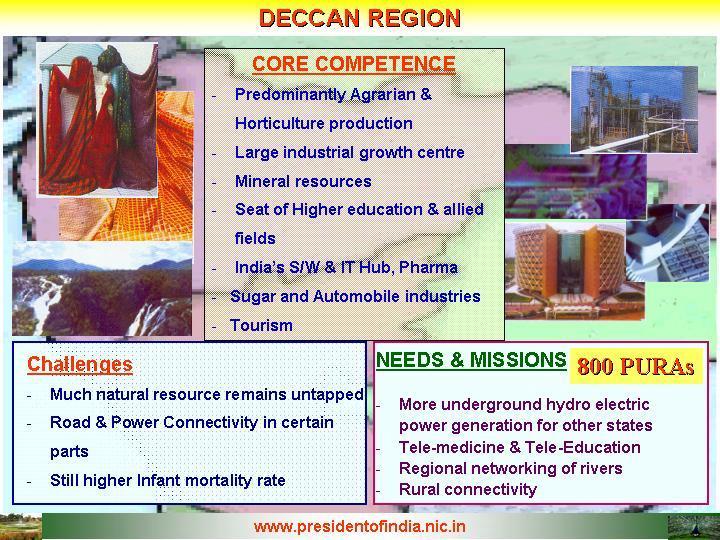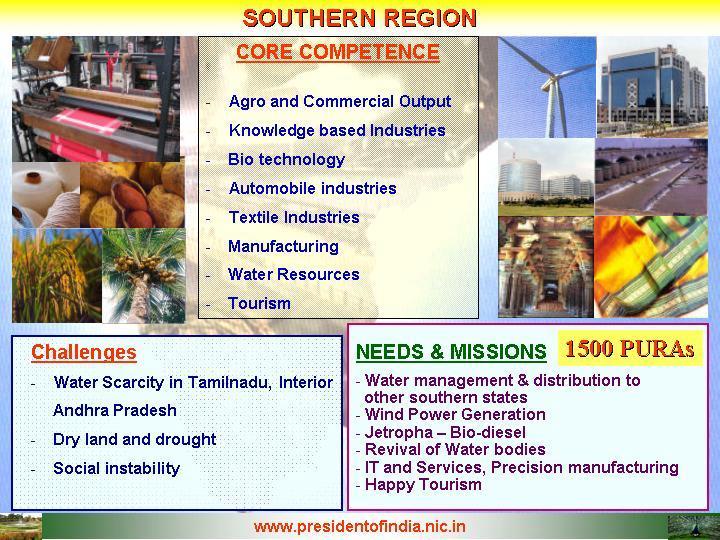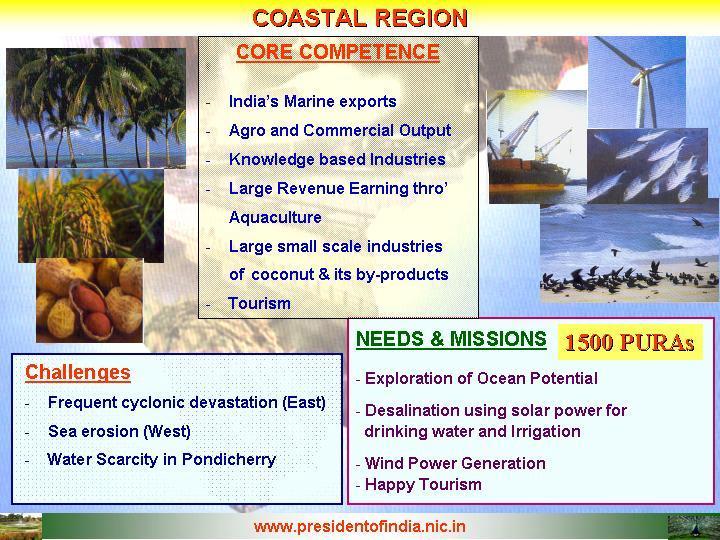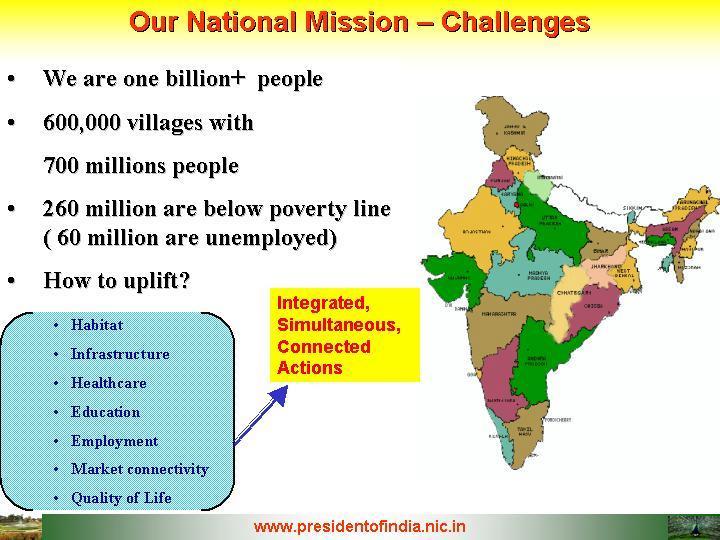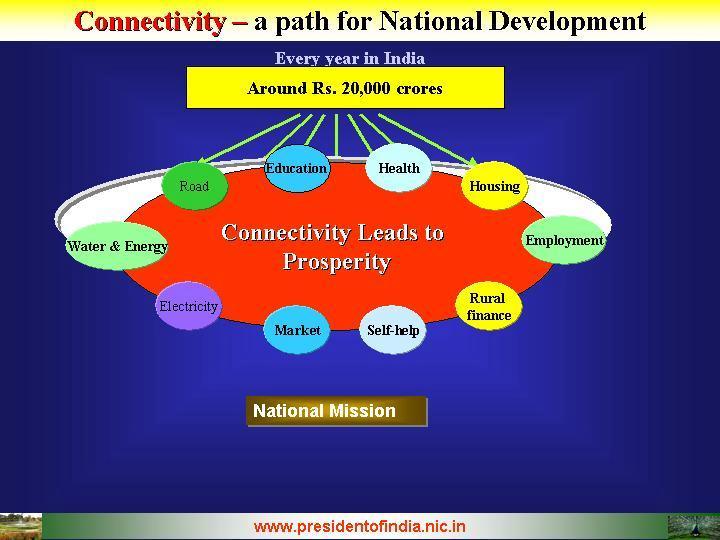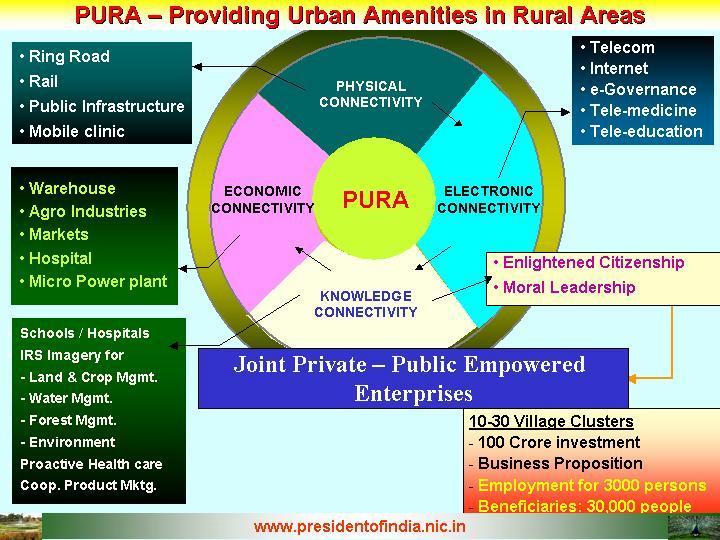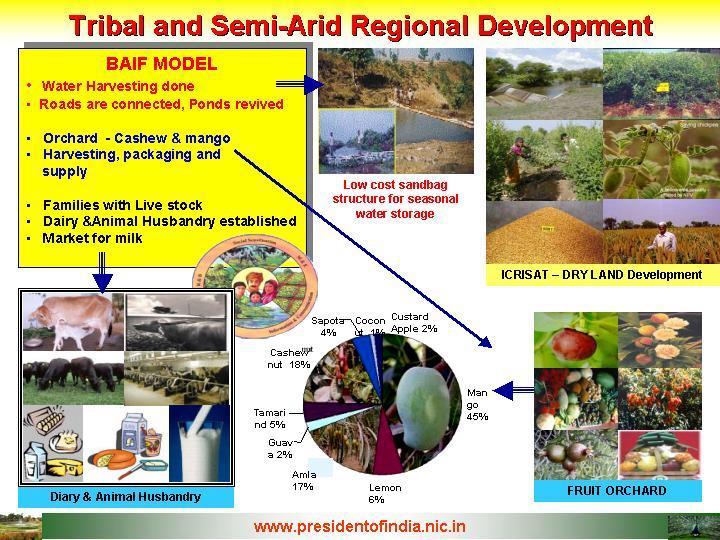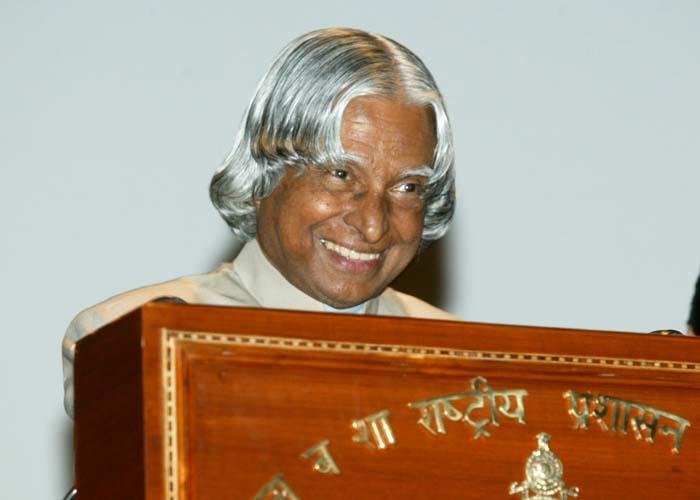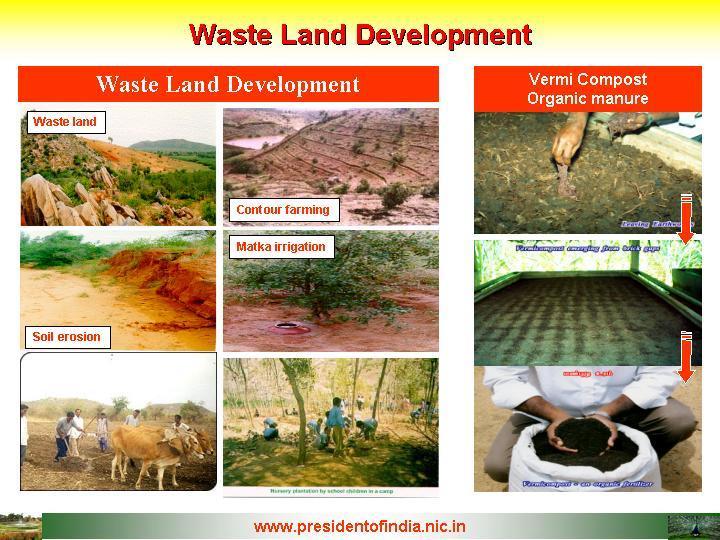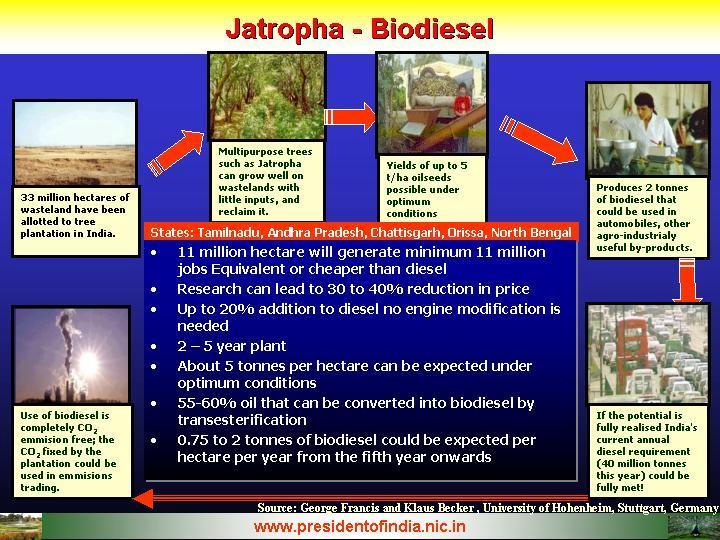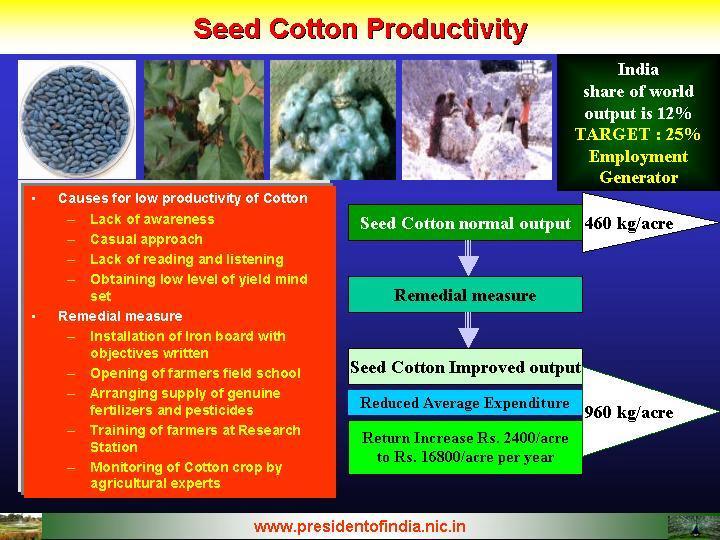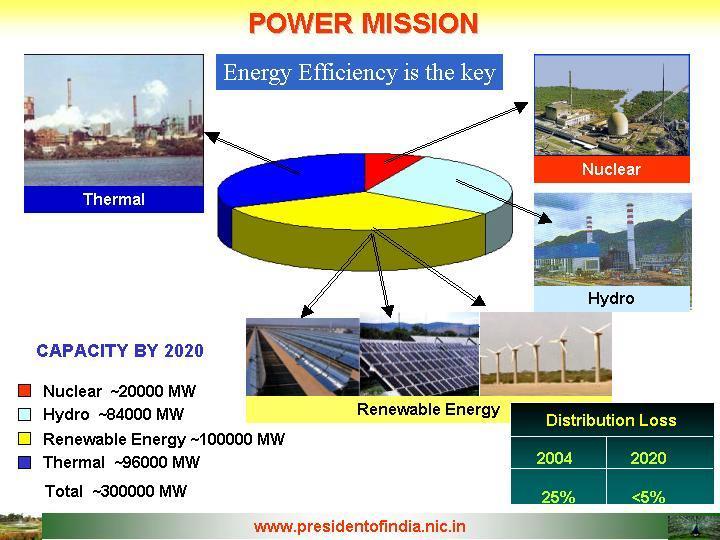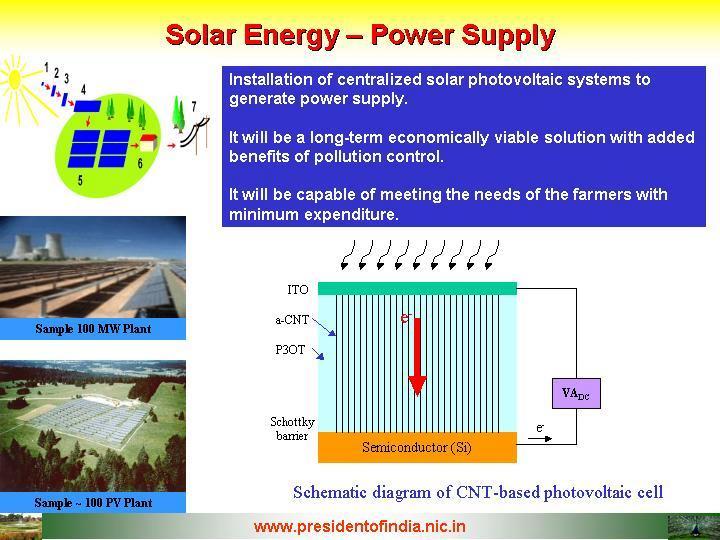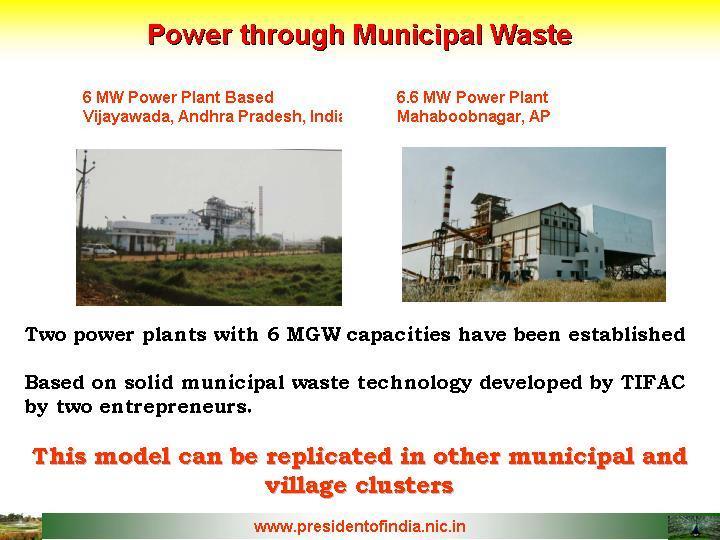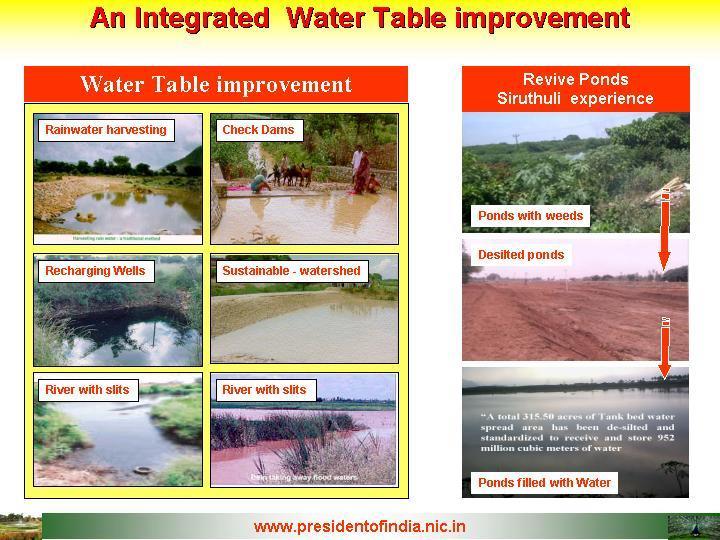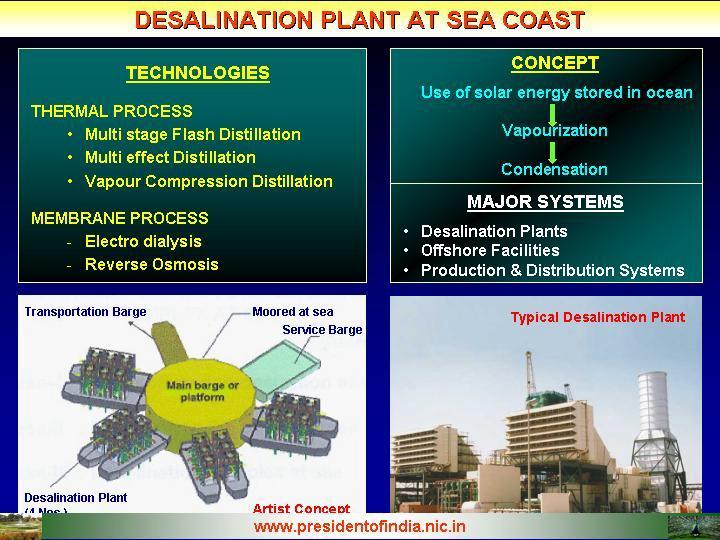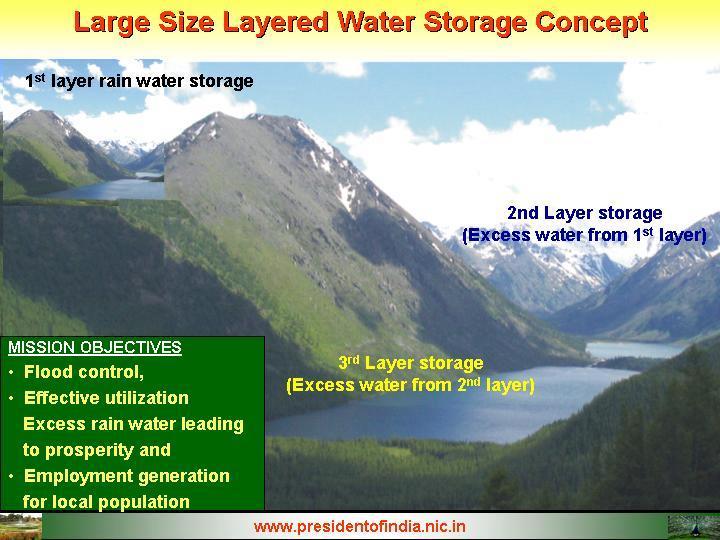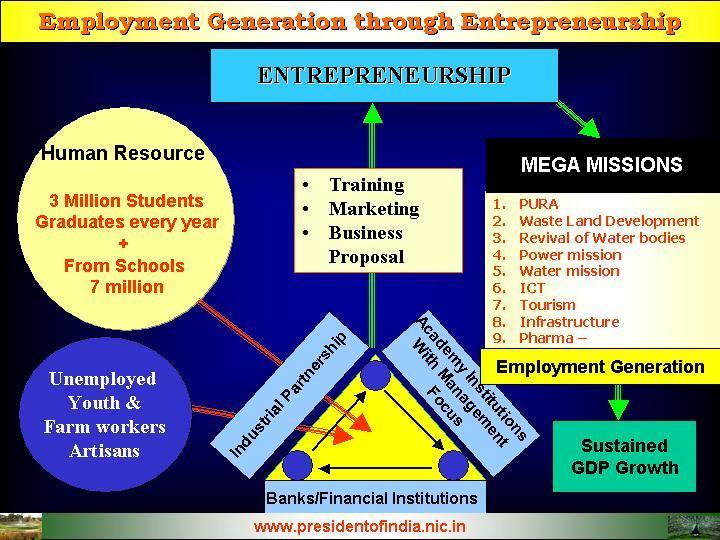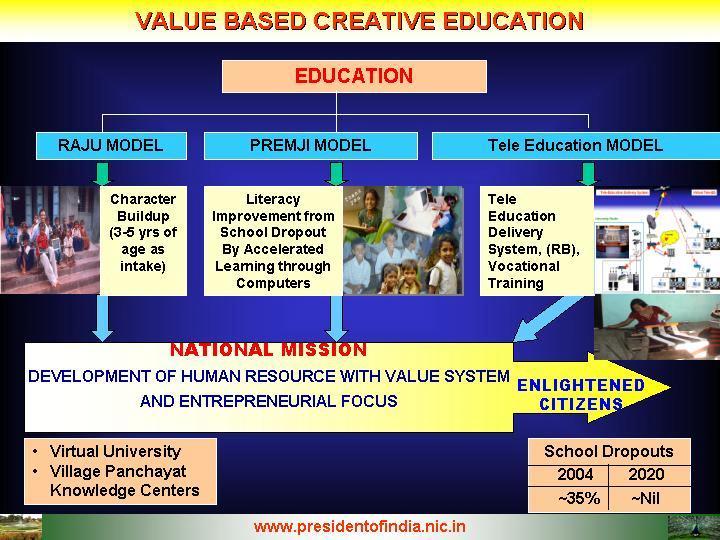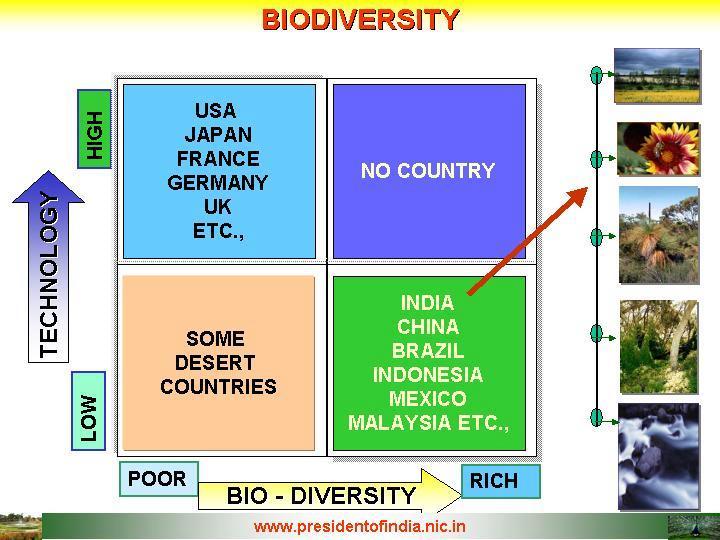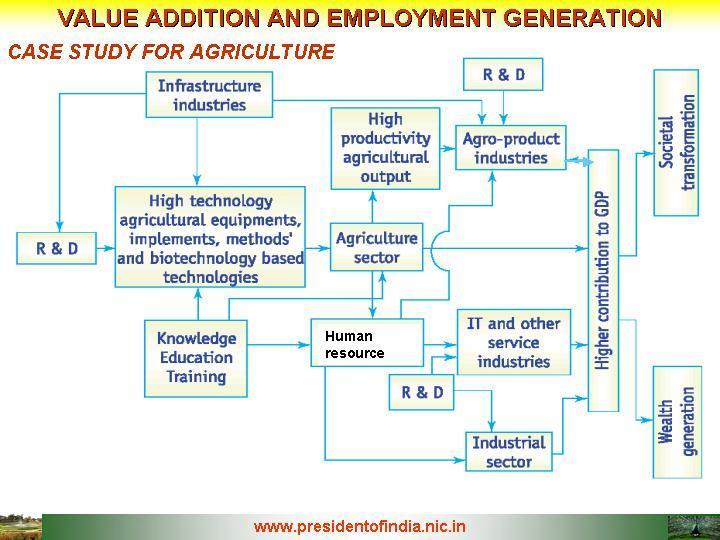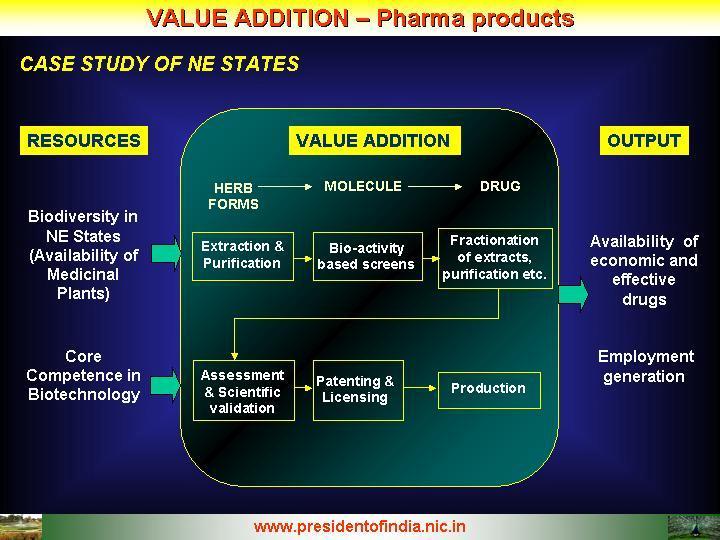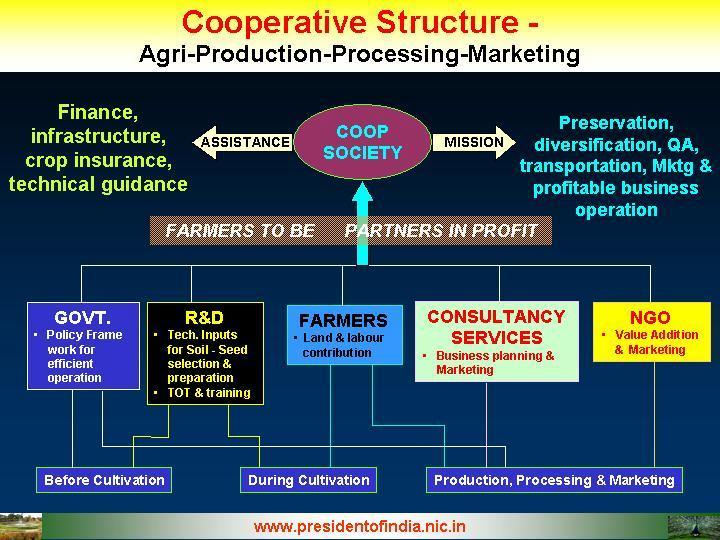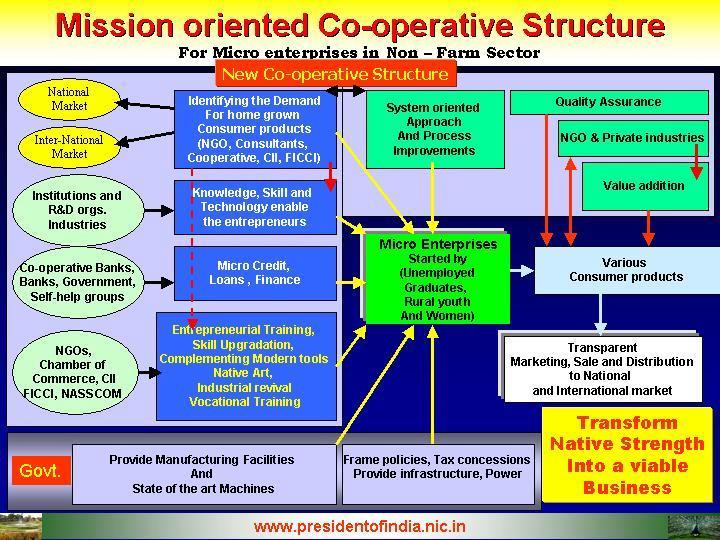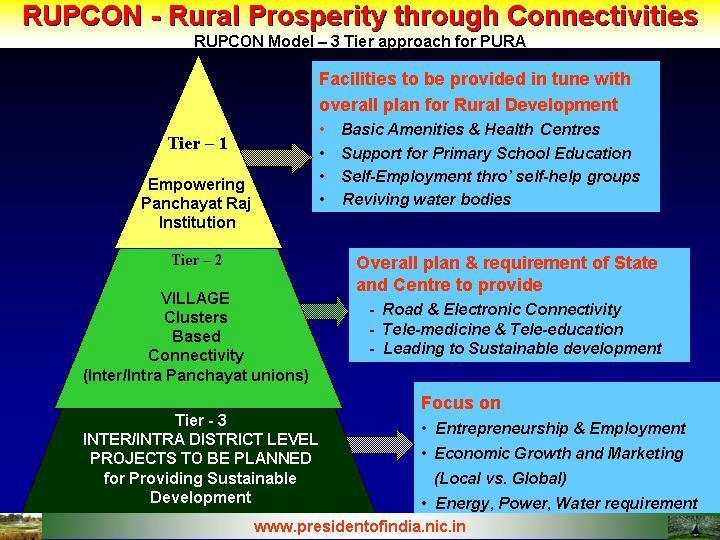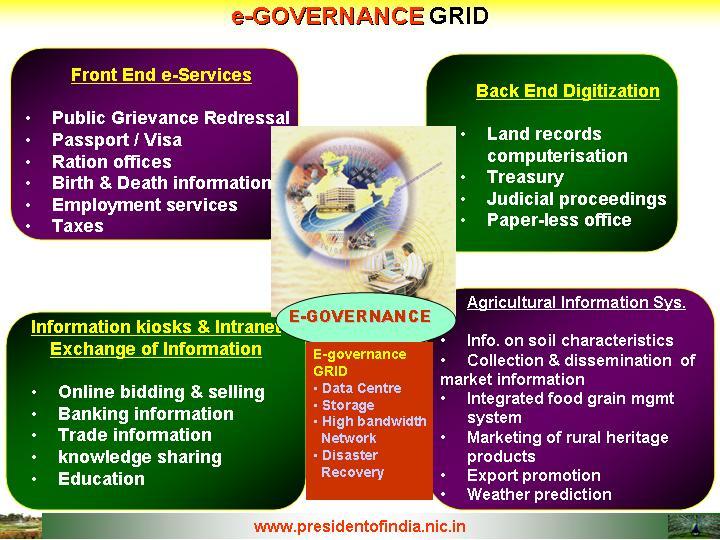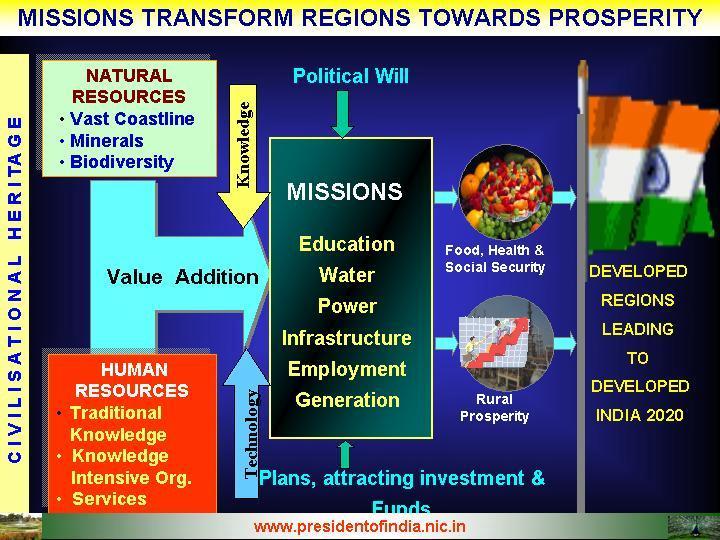Lecture And Interaction With The Probationers Lal Bahadur Shastri National Academy Of Administration, Mussoorie
Mussoorie : 27-09-2004
Evolution of an Economically Empowered Nation
I am happy to deliver a lecture among the Civil Service Probationers in this beautiful environment. My greetings to the Governor, Chief Minister, Director -LBSA, Faculty members, Students and distinguished guests.
"In planet Earth, India is the only democratic nation, which has given the leadership to the billion people belonging to multiple cultures, religions, languages and civilizational heritage. Hence, the experience of giving leadership to a democracy of one billion people is India?s core competence".
It is a pleasure for me to address you, the young probationers of the latest batch of the Civil Services in the cool and salubrious climate of Mussoorie. As you all know, the township of Mussoorie itself has become known all over the country as much for being a hill station as for being the seat of the Lal Bahadur Shastri National Academy of Administration which trains the future generations of administrators of our country. At the outset itself I must congratulate this batch of young probationers assembled here. First, congratulations are due because you have come through what is possibly the most challenging examination system in operation in this part of the world. Secondly, congratulations are also due because you have committed yourself to a life of service to the nation ? a life where you can do your best to help and assist the weakest and the downtrodden people of our country.
India is a largest in democracy with one billion people plus. Our core competence is to provide a leadership to this one billion people with varied culture, language, religion and region. You are fortunate in being in the centre stage of administration of this country for providing a vital link between the political system and the citizens to make the country prosperous, happy, peaceful and safe. I would like to focus on the overall economic prosperity and good governance.
The thrust of my presentation is to evolve an economically empowered nation through 7 economic zones from 28 states and UTs based on their core competence and missions for water, power, healthcare, education and employment generation.
REGION BASED DEVELOPMENT
For this discussion, I have grouped the states of India into seven regions, since economic development is a function of core competence, specific natural resources, climatic conditions and the cultural heritage of a particular region. I consider that the holistic planning and development has to be region based, since rivers are region based, hills are region based, climate is region based, terrain is region based and culture is region based and hence the solutions to the problems and development schemes also need to be region based.
I am convinced that the economic development of India would not be complete unless we uplift the lifestyle and living conditions of our 35 crore people (35%) living in the states such as Bihar, Madhya Pradesh, Orissa and Uttar Pradesh. These states have adequate water, natural resources, and hardworking people. But still the results of modern economic development have not reached most people. It can happen only through improving the skill level and creating employment opportunities for the youth, and structured marketing for the products of the regions to ensure balancing of the demand and supply. One of the most important ingredients for development of regions is the evolution of mission driven management structure.
My approach is based on my visits to urban and rural areas of almost all the states and union territories, my discussions with a number of concerned persons and my detailed study of the development challenges of all regions. Unified planning, decentralized execution with empowerment of the local bodies will lead to overall development of the regions. I hope my presentation can help in the evolution of a road map for an economically empowered nation during the 10th and 11th Plan Period.
STATES IN REGIONS
The regional groups are given below along with the concerned states:
(a) Northern Region - Jammu & Kashmir, Punjab, Haryana, Himachal, Uttaranchal, Union Territories of Delhi and Chandigarh.
(b) Desert Region -Rajasthan and North Gujarat.
(c) Gangetic Region - Uttar Pradesh, Bihar, North Orissa, Madhya Pradesh, Chattisgarh, Jharkhand, West Bengal.
(d) North-East Region - Assam, Meghalaya, Nagaland, Arunalchal Pradesh, Tripura, Mizoram, Manipur and Sikkim.
(e) Deccan Region - North Andhra Pradesh, Interior Maharashtra, South Gujarat, North Karnataka.
(f) Southern Region - Tamil Nadu, Karnataka, East Kerala, South Andhra Pradesh.
(g) Coastal Region - Coastal areas of Gujarat, Maharashtra, Karnataka, Goa, Kerala, Tamil Nadu, Andhra Pradesh, Orissa and West Bengal, Pondicherry, Andaman and Nicobar Islands, Lakshadweep, Daman & Diu, Dadra & Nagar Haveli.
INTEGRATED ACTIONS FOR DEVELOPMENT
The integrated actions for development of each of the seven regions are: Education with value system for all leading to entrepreneurship and employment opportunities, Healthcare and Nutritional Security for all, containment of population growth rate to be within a small band and excellent infrastructural facilities including water and energy to be addressed on priority for maintaining the momentum of the economic growth. Development of agriculture, agro-food processing industries and down stream marketing network would be useful in providing good returns to the farmers. Progressive shift of the workforce from agriculture to manufacturing sector and to the service sector should take place through well conceived industrial growth. Due to the need for doubling of agricultural production in a decade through technological and managerial inputs in reduced area and training of the farmers in soil enriching, pre and post harvesting and marketing, it has become necessary to reduce the manpower to be deployed for agriculture, resulting in their availability for manufacturing and service sectors. Physical, electronic and knowledge connectivities will result in economic development of the region as a whole.
ENGINES FOR GROWTH
Emphasis should be on full utilization of natural and human resources of the region to meet the demands of the modern society. We should also remember that about 50% of our population are young people with aspirations for better living.
"The Nation's strength predominantly resides in its natural and human resources."
Value addition to Agriculture, Manufacturing and Service sectors, building the regions? core competence and technologies will lead to additional high income employment potential. The engines for growth will be launching of the five national missions viz. water, energy, education and skills, infrastructure and employment generation, that will enable achievement of 10% GDP growth rate per annum which has to be sustained for a minimum period of ten years.
REGIONWISE ANALYSIS AND MISSIONS
The core competence, challenges, needs and the missions for the seven regions are depicted in the following figures.
Northern Region
Agriculture, Tourism, light Engineering manufacture, Herbal products
Desert Region
Power generation, milk and dairy products
Gangetic Region
Agriculture, Agro-food,flood water harvesting, value addition to mineral wealth, manufacturing and tourism.
North-Eastern Region
Hydropower, herbal/natural Products, cottage/heritage Industries,harnessing floods Highvalue eco-tourism
Deccan Region
Industrial base, Pharma, Sugar, automobile Industry and tourism
Southern Region
Knowledge products, bio-Technology, automobile Parts and tourism.
Coastal Region
Fisheries, water generation for drinking and irrigation through sea water desalination process, sea based eco-tourism.
MISSIONS
a. Rural Prosperity
Nearly 700 million people of India live in the rural areas in 600,000 villages. Connectivity of village complexes providing economic opportunities to all segments of people is an urgent need to bridge the rural-urban divide, generate employment and enhance rural prosperity.
"If we, as a country, focus our efforts with collective and coherent will to eradicate poverty with sustained development, the nation can withstand any internal or external obstacle.
Repeating what we did before for several decades with more of the same may not be the way to proceed further. We need to innovate to increase connectivities to the villages making clusters out of them even while retaining their individualities.
Connectivity - a path for National Development
About Rs. 20000 crore are allocated for rural development across the country every year and also many ministries in the states and centre are allocating funds for the development in rural India.
"The essential needs of the villages today are clean water, quality power, good roads, sanitation, affordable healthcare, education with right skills and employment with sustained income for the family."
The departments and the organizations established to help farmers, agricultural workers and artisans should aim to satisfy the aspirations of the people, understand the realities being faced by the farmers and provide people friendly services to them. The issues concerning farmers have to be addressed in an integrated way by understanding the core strength of villages and their neighbourhoods and providing sustainable and viable connected solutions.
Essential Connectivities
The integrated methods which will bring prosperity to rural India are: the physical connectivity of the village clusters through quality roads and transport; electronic connectivity through tele-communication with high bandwidth fiber optic cables reaching the rural areas from urban cities and through internet kiosks; knowledge connectivity through education, skill training for farmers, artisans and craftsmen and entrepreneurship programmes.
"We should aim at a high level of prosperity and infrastructure in the rural areas keeping the purity of environment and value systems intact."
These three connectives will lead to economic connectivity through starting of enterprises with the help of banks, micro credits and marketing of the products. The integrated method envisages a mission mode empowered management structure with executive powers at the local implementation levels and by reducing the transactional costs through simplification of procedures of governance.
Creating such village clusters depending upon the region and population will cost between Rs.100-200 crores per cluster. After initial short-term employment during construction etc., we may have to plan for initiating actions for providing regular employment opportunities for 3000 ? 5000 people. This has to be done by creating new market driven enterprises brought by investors.
"In the 21st Century, Knowledge is the primary production resource, instead of capital or labour."
If the industrial areas (IT, BT, Cottage industries) are marketed well they can attract investors and thus lead to local wealth generation. Such value addition will also generate high value employment in service and support sector for about 10000 people. In addition we need to promote entrepreneurship in the rural areas and equip people with skills for their own self-employment meeting the needs of modern economy and society. Some of these persons may also turn out to be innovators and create new big industries.
A typical Model for Tribal Rehabilitation Semi-Arid Regions
Food security and self-employment with good income is crucial in tribal and semi-arid regions. I would like to share with you an integrated village cluster development model. In these regions every summer the tribal people migrate to nearby towns. BAIF - (Bharatiya Agro Industries Foundation) has introduced a model in two villages with peoples? co-operation and the participation of state authorities. Firstly water harvesting was undertaken to get water for every individual. Every home was provided with livestock and also a market for milk. Simultaneously, fruit orchards were established with various fruit crops such as cashew and mangoes, which are tolerant to drought. When I visited, these villages, there was a connecting road and water ponds. The tribal population, with radiant smiles on their faces, was harvesting crops, packaging and carrying milk to different supply points. I happened to see the economic growth and prosperity of the tribal people, which has been facilitated by BAIF with people?s participation. I understand that this model ? Vadi (Orchard) has now been replicated in many places by the state governments in the Deccan and Desert regions. If such actions are multiplied in a reasonably synchronized manner, then locally generated wealth will increase and create new economic opportunities, thus creating greater income and prosperity levels.
Appropriate Technologies for Dry Land Farming
ICRISAT with its international experience of working in arid regions is located in Hyderabad. They have developed short duration, disease and drought resistant varieties of important crops of this region beneficial to our farmers. They have introduced various tillage practices and nutrition management techniques to boost crop yields even under drought stress. We have to create mechanisms for enabling our farmers to interact closely with the ICRISAT and other research institutions to absorb and adopt these technologies for improving their income. It is essential for the chief ministers, legislators, state and district authorities and media to spread this message to the farming community, particularly in dry land region.
Waste Land Development
With our increasing population the per capita land holding has been reduced. Still, over 30-40% of the land is underutilized or remains idle. Therefore, serious efforts should be made to plan the land use based on productivity. If the land is not good for intensive crop production the same can be used for establishing fruit orchards or tree plantations of economic importance. Further, degraded land can be redeveloped with biomass plantation which can help in promoting soil and water conservation, improve the eco system while providing fuel and fodder for our villagers.
Jatropha - Biodiesel
We have nearly 63 million hectares of wasteland available in the country, out of which 33 million hectares of wasteland have been allotted for tree plantation. Certain multi-purpose trees such as Jatropha can grow well in wasteland with very little input. Once grown the crop has a fifty years of life.
"Technology is a non-linear tool that can effect the most fundamental change in the ground rules of economic competitiveness"
Fruiting can take place in this plant in two years. It yields upto five tonnes per hectares oil seeds and produces two tones of bio-diesel. Presently, the cost of bio-diesel through the plant is approximately Rs. 17 to Rs. 19 per liter which can be substantially reduced through choice of right size of the plant and using high yield variety plantation which has already been established by the researchers. Bio-diesel plants grown in 11 million hectares of land can yield a revenue of approximately Rs. 20,000 crore a year and provide employment to over 12 million people both for plantation and running of the extraction plants. This is a sustainable development process leading to large scale employment of rural manpower. Also, it will reduce the foreign exchange outflow paid for importing crude oil, the cost of which is continuously rising in the international market. Use of Bio-diesel is Carbon mono-oxide emission free. This oil can also be used for soap and candle industries. De-oiled cake is a raw material for composting and plantation is good for honey production. We should absorb best of the technologies available worldwide and start commercial operation soon, instead of staying at pilot plant levels.
Seed Cotton productivity
Textile industry is very important for the Indian economy. The basic raw material is cotton. India is the third largest producer of cotton in the world. However, compared to the world average of 700 kgs of seed cotton per acre we produce only 350 kgs of seed cotton per acre. It is indeed a technological concern for the nation. Shri Oswal of Vardhman group, adopted the village Nava Pind in the northern region brought out a cooperative movement of the farmers, scientists, trainers and the industry and launched cultivating cotton of over 1200 acres. A training programme was launched for farmers starting with soil characterization, matching the cottonseed to soil, water and fertilizer management. They were also trained on proper application of fertilizer and pesticide during the seeding and growth process in the right season and proper irrigation techniques to enhance the productivity of cotton.
The project resulted in increasing the average seed cotton yield of the village from 450 KG per acre during the year 2002-2003 to 950 KG per acre for the year 2003-2004, that too at a considerably reduced investment. This led to the increase in net return per acre in the village from Rs. 2400 per acre to Rs. 17,000 per acre (a seven times increase in return). This model can be replicated many cotton growing regions in the country and India can definitely produce 25% of the total world production compared to the existing 12%. It has the potential to generate wealth of over Rs. 25000 crores a year for the nation and also generate millions of employment among our youth. This is just an example. We can use such productivity models for other seeds as well.
b. power mission
So far our generating capacity is one-lakh mega watts of power. For meeting the development targets till 2020 our generating capacity has to increase to three lakhs mega watts. This additional power has to come from nuclear energy, hydroelectric systems, renewable energy and thermal energy. The contribution from the renewable energy especially from solar energy and wind energy has to be increased to one hundred thousand mega watts. Urgent measures are needed to reduce the distribution loss to less than 5% from the existing 25%.
Solar Energy
Unreliable supply, high cost of electricity, and availability at night time has also been affecting the productivity and profitability of the farmers. With increasing demand for energy and increasing oil prices the problem is going to be more serious in the future. Installation of centralized solar photovoltaic systems, which can be fed to a grid, will be a long-term economically viable solution with added benefits of pollution control. We should build many 100 mega watt solar power stations capable of meeting the needs of the farmers with minimum maintenance expenditure.
Electric Power through municipal waste - a case study
Increased urbanization, have led to a serious problem of accumulation of municipal solid waste in many towns and cities. Efficient and environmentally clean disposal of garbage has always been a major technological challenge. While being a threat to the environment, mounting garbage is also a rich source of energy. The potential for converting this waste into useable energy, which will eliminate a major source of urban pollution, was realized by one of our innovative organizations- Technology Information Forecasting and Assessment Council (TIFAC) of DST, which helped in developing a completely indigenous solution for the processing of waste into a source of fuel. This fuel could, in turn, be used for generation of electricity through mini plants. Already in our country two plants which generate 6.5 mega watt power using the municipal waste bricks are in operation. India needs thousands of mini power plants using municipal waste. This can be a mission of corporate houses, small-scale industries and social upliftment organizations. This can be replicated in many of our cities and village clusters as an infrastructure build-up project. This project apart from being an employment generator will provide a clean environment for the people to live in.
Balancing Generation and use
I should also point out that actions do not stop at increasing generation alone. It has to be of good quality. No voltage fluctuation or frequency variations should be there. In addition, transmission and distribution has to be efficient with low loss. Above all at the consumer end energy efficiency should be the key word. We generate power for good use and not to be wasted as useless heat or sound. The lesser we use energy more kind we are with the environment. Therefore, for each watt used we should get maximum end use.
c. Water mission
Water is an essential requirement and the key to our lives. It is essential to provide clean potable drinking water to all the people of the nation. Water is required for irrigation, industries, power generation and environmental protection. The availability of water varies from place to place depending upon the climatic conditions. For ensuring continued availability of water, we need an effective water management and distribution system.
Water harvesting and recycling: Water harvesting should become mandatory for all. To improve water table we need to build check dams; develop water sheds, desilt ponds and rivers, clear the inlets and outlets to the ponds and water bodies and recharge the wells. If our rural areas are made to have the operational water bodies, recharging of the wells will take place automatically. These activities will also generate employment.
Water Desalination
The regions where the ground water availability is scarce, India with large coastline of 7500 kms can afford to have number of mega seawater desalination plants using solar energy. I have seen many of the desalination plants in UAE, where the power sources are abundant. India should use solar power for desalination process, which will be cost effective. Desalination technology has advanced in such a way that there are plants in the world today, which can produce 1000 litres of potable water for Rs. 25. With the budget provision of Rs. 1000 crore this year, it is essential to have a time bound mission mode programme for setting up of desalination plant.
Regional linking of Rivers: Many of our rivers are carrying substantial amount of water in to the sea, both during monsoon and during the lean period. I would recommend full utilization of water by construction of canals and regional networking of rivers. I have seen in Goa small rivers being connected and also in AP, there is a move to connect Godavari and Krishna rivers. Every region can consider connecting small and big rivers as a mission.
Flood control: There are certain regions in the country, particularly Bihar and Assam, which are constantly affected by floods every year. We are witnessing the situation even now. There is an urgent need to find long-term solution to control flood, store and utilize the surplus water during drought. In the Gangetic plain, I would recommend construction of layered wells in the entry points of Kosi river from Nepal. These layered wells will store the floodwater at different levels and will control the devastating effects on low-lying areas. The water thus stored will be useful during shortage period. Similar solution can be found for the north-eastern region. I recommend the nomination of an expert team to carry out the feasibility study for flood control projects immediately.
d. Employment Generation
Employment Generation through entrepreneurship: There has been substantial growth in our higher educational system and we are generating over 3 million graduates every year, and also after 10th class and Ten Plus Two nearly 7 million seek employment. However our employment generation system is not in a position to absorb the graduates passing out from the universities leading to increase in educated unemployed, year after year. There is a large mismatch between the skills required for the modern economy and the education imparted to most of these students. In addition, economic growth and investments have not kept pace with the availability of human resources. This situation will lead to instability in the social structure. We need higher education focused on and oriented towards high value and productive employment opportunities. A three pronged strategy is needed to make education more attractive, make it skill imparting and simultaneously create employment potential - how do we do that?
Human resource, particularly the 540 million youth, is a unique core strength of our nation ."
Firstly, the educational system should highlight the importance of entrepreneurship and prepare the students right from the college education to get oriented towards setting up of the enterprises which will provide them creativity, freedom and ability to generate wealth. Diversity of skills and perseverance in work makes an entrepreneur. It should be taught to all the students. In addition, college syllabi even for arts, science, and commerce courses should include topics and practical where such entrepreneurship is possible.
"Knowledge powered rural development is an essential need for transforming India into a knowledge power"
Secondly, the banking system should provide venture capital right from every village level to the prospective entrepreneurs for undertaking new enterprises. Banks have to be proactive to support the innovative products for enabling wealth generation by young entrepreneurs by setting aside the ?conventional tangible asset syndrome?. Definitely this involves certain amount of calculated risks, which can be eliminated by making an analysis of successful venture capital enterprises. Thirdly, there has to be an economic pull for human resources; for example generation of marketable products and enhancement of purchasing power among the people. This can come through the implementation of mega programmes such as PURA, Regional linking of Rivers, Infrastructural missions, Power missions and Tourism.
The educational institutions, Government and the private enterprises should become facilitators for creating this entrepreneurship scheme through the support of the banking system and the marketing system. This is one way of reducing the employment gap leading to upliftment of the 260 million people living below the poverty line and raising those who are just above the poverty line to raise much higher and have better standards of living.
e. Value Addition
Value based creative Education: Our aim is to develop human resource with value system and entrepreneurial focus leading to the generation of enlightened citizens. This will need value based education to all and arresting the tendency of school dropouts. This can be achieved through incorporation of two models of education practiced in different parts of the country. I have come across Prof. MR Raju model at Peddamiram, Beemavaram District, Andhrapradesh, where character building commences in the age between three to five.
"When learning is purposeful, creativity blossoms. "
The child learns to become creative through the love and affection, hygienic practice and nutrition. In the second model, practiced by Azim Premji foundation, literacy improvement is achieved through accelerated learning with the help of computer-based creative content for 1st to 8th standard. Children learn by themselves using computers. Teachers, parents, school committee members become accountable for ensuring prevention of dropouts. With the improvement in tele-education technology it is possible to enable quality teaching to reach the remote village through a tele-education delivery system. Such a system developed indigenously has been implemented in Rashtrapati Bhavan as part of the President?s Virtual Institute of Knowledge (PREVIK). Also there is a need to promote education through virtual university and creation of village panchayat knowledge centers. The cumulative effect of all these actions will substantially bring down the school dropouts from the existing 35%.
Value addition from Bio Diversity
One of the core competencies of India is Bio Diversity. When it is combined with technology it will yield value added products. Technology will enable a genetically engineered seed or transforming a molecule extracted from the herb into a drug. What is needed is in high productivity in agriculture, biodiversity material and technology integrated. We need to value add the biodiversity resources and assist developing countries through special seeds, medicines and bio-materials, fully protecting the patents of these products.
Value addition to Agricultural Products
As employment in agriculture reduces to 60% with a doubling in the demand for food, measures like deploying higher level research, technology, agriculture extension services and training need to be instituted. R & D, Infrastructure, Industry, Education and training lead to augmentation in the agriculture sector in the form of high-technology agricultural equipment and biotechnology based complementary methods. Augmentation in this sector will enhance higher agricultural productivity and release the personnel employed in agriculture
employed in agriculture for other sectors like services including IT and manufacturing of agro products. The net result will be higher employment in the service sector and higher contribution to GDP growth.
MANAGEMENT STRUCTURE
Co-operative Structure for Agri-Production-Processing-Marketing:
I would now like to discuss a co-operative structure, which can be created for promoting the interest of the farmers.
The essential features would be:
a. Create a co-operative in major centers involving Government, NGOs, Consultancy Services, R&D Organisations and people as partners.
b. Farmers will provide land and labour and will be partners in profit.
c. The NGOs and Consultants will identify the opportunity, draw the business plan, organize value addition and marketing.
d. R&D Organisations will provide knowledge inputs for quality agricultural products and technology transfer including training.
e. The co-operative will provide finance, critical inputs, critical infrastructure, crop insurance and technical guidance such as arrival of monsoon, combating drought etc. to the farmers.
f. The co-operative will be responsible for preservation, diversification, quality assurance, transportation, marketing and profitable operation of the overall business.
g. The Government will provide policy framework for the smooth transparent operation of the co-operative on the lines of the Amul model for safeguarding the interest of the farmers and other stakeholders. There is also a need to avoid the problems faced by many cooperatives due to non-professional management.
Co-operative for promoting micro enterprises in non-farm sector
Similar co-operative model can be set up in the non-farm sector.
- Set up a co-operative for household manufacturing
- Identify domestic and international market for consumer goods, toys, electronic goods, handicrafts, gift items
- Productionize competitive products
- Bring state-of-the art technologies
- Train the unemployed youth and women in the required skill to produce the goods as micro enterprises.
- Organize quality control and marketing
Rural Development Model - a three tier Scheme: This rural development model is based on providing connectivities such as physical, electronic and knowledge connectivities which will result in economic connectivity implementation in three different layers in an integrated way with perspective planning and an implementation plan.
In Layer 1:
Panchayat Raj institutions may be empowered to provide the following facilities such as:
1. Basic Amenities and Sanitary and health center
2. Support for Primary School education
3. Self-employment for group of people through self-help groups and micro credit
4. Desilting of water ponds
In Layer 2:
Village Cluster/ Complex (20-40 villages) oriented connectivity (Inter-Panchayat Unions) may be established.
These schemes should be planned considering the overall plan and requirement in tune with State and Central planning which would provide sustainable development and proper linkages and connectivity between the schemes which are to be implemented in a group of villages (Village Cluster/ Complex). The essential features would be:-
- Road Network and transportation to connect the cluster of villages and to provide connectivity.
- Electronic connectivity to the groups of villages through broadband, satellite and wireless for last mile connectivity leading to knowledge connectivity through tele-education and tele-medicine, for which Andhra Pradesh has a well laid base framework.
- Health Care Services through Primary Health Centers with adequate facilities, in a few villages among the village cluster, Health Network via tele-medicine through Urban and District hospitals and also with corporate hospitals
- Education Network for schools as well as farmers, artisans etc., via tele-education network connected to Educational institutions, R&D institutions and industry.
- A Counseling Centre on which farmers can depend on at times of stress and despair. It would be a centre that would make the farmer understands the realities and the fact that ones life is God's gift and is more precious than anything else. The centres as necessary may also have the help of modern psychiatric practioners and traditional forms of value based advice.
In Layer 3:
District/Intra district level Projects to be planned and taken up with a focus on Entrepreneurship, Sustainable Employment, Economic growth and Marketing (Local vs global):
- Identifying the core competence of village clusters
- Identifying market demands local, national and international demands
- Entrepreneurship training, skill Upgradation to unemployed youth, farmers, artisans and creation of incubation centers in tie ups with Educational institutions, industry and R&D Organisations
- Establishment of enterprises with the state-of-the-art technologies
- Creation of marketing centers or complexes which have direct linkages with the current market
- Energy requirement through community based electricity through non-conventional energy resources for a group of villages municipal waste, agricultural waste, bio waste to power generation. This would be viable for implementation with groups of villages rather than planned for single villages or single cities
- Water requirement through water recycling plants, desilting ponds and cleaning inlets and exits, Check dams, Mega sea water desalination using solar energy, brackish water and drip irrigation
The other areas, which can bring prosperity to the regions, are harnessing surplus river water, an effective disaster management system, waste land development, development of renewable energy sources and crop insurance. In order to implement the above missions and ensure reaching of the benefits to all citizens equitably, we need a transparent citizen centric government. This can be achieved through the application of modern technology by resorting to e-governance.
E-Governance:
I visualize e-Governance as defined below:
"A transparent smart e-governance with seamless access, secure and authentic flow of information crossing the inter-departmental barrier and providing a fair and unbiased service to the citizen."
Good governance is being recognized as an important goal by many countries across the world. They have taken up specific initiatives for open government. Freedom of information is being redefined and supported by detailed guidelines. The internet revolution has proved to be a powerful tool for good governance initiatives. An important dimension of the internet potential is the possibility of providing services any time anywhere. Along with this there is a conscious effort to put the citizen as the centre of focus of the governance. Citizens are being perceived as customers and clients. E-governance has to be citizen friendly. Delivery of services to citizens is considered as a primary function of the government. Particularly the democratic nation of the billion people like India, e-Governance should enable seamless access to information and seamless flow of information across the state and central government in the federal setup.
No country has so far implemented an e-governance system for one billion people. It is big challenge before us.
Transparency in e-Governance
India is transforming into a transparent society. It is essential that government functions which have interfaces or interactions with public especially where the state and central functionaries have to serve or support even correct the citizens, such functions have to be done through the tools of information technology and communication. This means, software have to be written to codify the rules, procedures and other related government functions and public access should be through IT. Then the government functions can provide equal access to all based on predetermined rules and even with rules to govern exception being done in a transparent manner. Since India has the core competence in information technology and communication, the possibility of success to bringing in transparency in administration and management through e-commerce and e-business leading to e-governance, is definitely possible. Actions have to be initiated in a mission mode. Appropriate legal instrument to provide government power to such mode of interactions should also be done simultaneously. The important ingredient for the execution of missions, which I have discussed so far, is creative leadership.
(You may refer my talk on e-Governance at IIT, Delhi during the INTERNATIONAL CONFERENCE ON e-GOVERNANCE (ICEG 2003) on 18 December 2003.
Ref: http:// /scripts/sllatest1.jsp?id=215).
LEADERSHIP
India has been endowed with many political visionaries who laid the foundation for our national development. Among those I particularly remember the visionary Pandit Jawaharlal Nehru who was the architect of planned development of the nation through five-year plans. Also, we had many visionaries in the Science and Technology area. Dr. Vikram Sarabhai gave the vision of societal transformation through space technology. Today India has state-of-the art technology to launch any type of satellite for communication, remote sensing, meteorology and education. During the 1970s Shri C. Subramaniam and Dr. M.S. Swaminathan made the country self-sufficient in food through the first green revolution. Prof Satish Dhawan provided a unique model of leadership for mission management. He said that the problem will occur when you perform. You should become the master of the problem, defeat the problem and succeed. This is a proven model which I have personally experienced during the development of SLV-3. Also a contemporary of Prof. Satish Dhawan, Dr. Brahm Prakash proved the theory of nobility in management for successful missions. Dr. V. Kurien, through his co-operative movement, made the country self-sufficient in milk and dairy products. During the 1980s and 1990s Shri Narayanamurthy, Shri Azim Premji, Tatas and Ambanis have made a revolution in Information and Communication Technology. Reddy labs, Ranbaxy and Wockhardt have made Indian Pharmaceutical Industry to be a wealth generator for the nation apart from producing cost effective drugs for the poor people.
CONCLUSION
Many people ask me, whether India will become a developed nation by the year 2020. I have no doubt in my mind about the ability of India in becoming a developed nation since we are endowed with the natural resources and we are fortunate to have 540 million youth. India has seen many political visionaries, scientific and
"Giving a vision to the nation that is developed India; one billion people get elevated in their thinking and action."
technological leaders who have accomplished difficult missions. Time is ripe to launch major missions based on our core competence with mission mode management. Every Chief Minister is the CEO of the state. Every civil servant is a CEO of the districts or the establishments he leads. His or her vision for the development of the state, district or the institution he belong, will lead to generation of multiple
missions, based on the core competence of the state, district, organization and the people. These missions will generate a movement across the organisations a movement to create healthy people, create a fully literate society, generate employment potential and provide a transparent governance system. This dynamic environment will bring prosperity, happiness and safe living for the people of the nation. All that we have to do is to make up our minds and have a conviction that the nation is above all of us. Let us empower our people to work with indomitable spirit towards the mission of nation building.
My best wishes to all of you. May God bless you.
Documents

